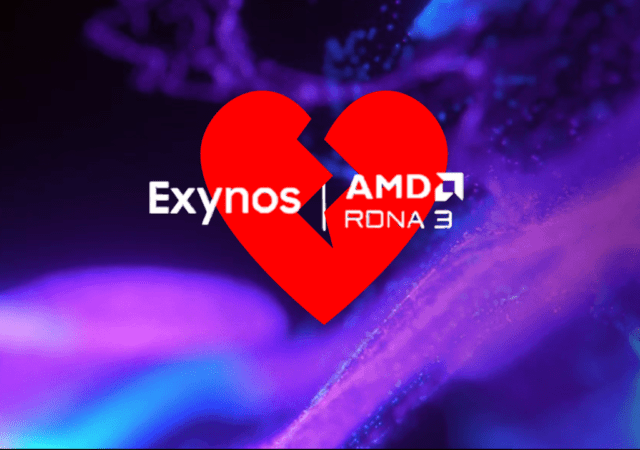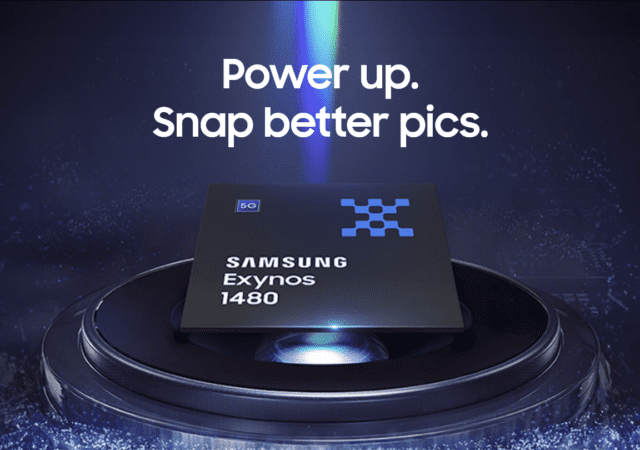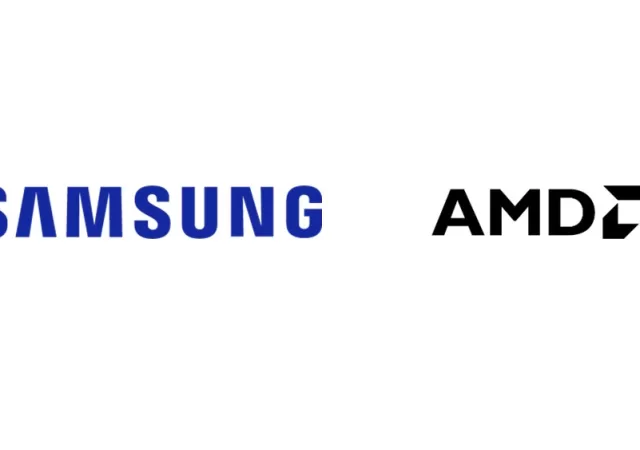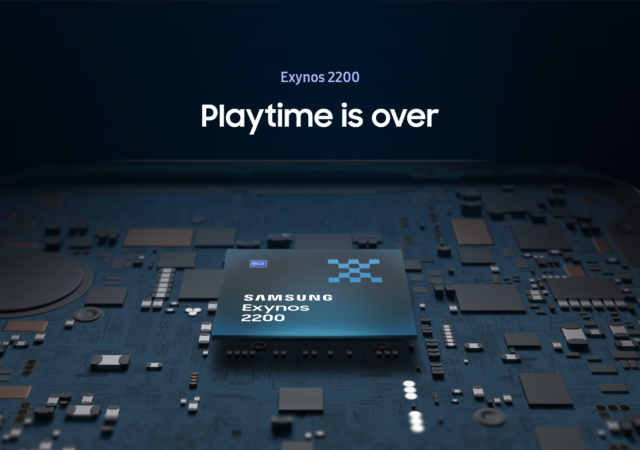Samsung may be ending its partnership with AMD which brought the Xclipse GPUs to Exynos processors to create their own.
Samsung Details the Exynos 1480 Used in the Galaxy A55
Samsung finally unveils the details behind the Exynos 1480 processor which launched with the recently launched Galaxy A55.
Samsung Galaxy A Series Released with Knox Vault
Samsung announces the new Galaxy A series with the Galaxy A55 and Galaxy A35 that come with Knox Vault for better data security.
Samsung and AMD Extends Strategic IP Licensing Agreement – Maybe That New Exynos is Worth a Look After All
Samsung and AMD extends their partnership for the integration of AMD Radeon graphics technology into other portfolios including Exynos
Samsung’s AMD RDNA 2 Equipped Exynos 2200 is Official
Samsung officially announces its first Exynos SoC capable of Ray Tracing and Variable Rate Shading thanks to AMD’s RDNA2 technology.







